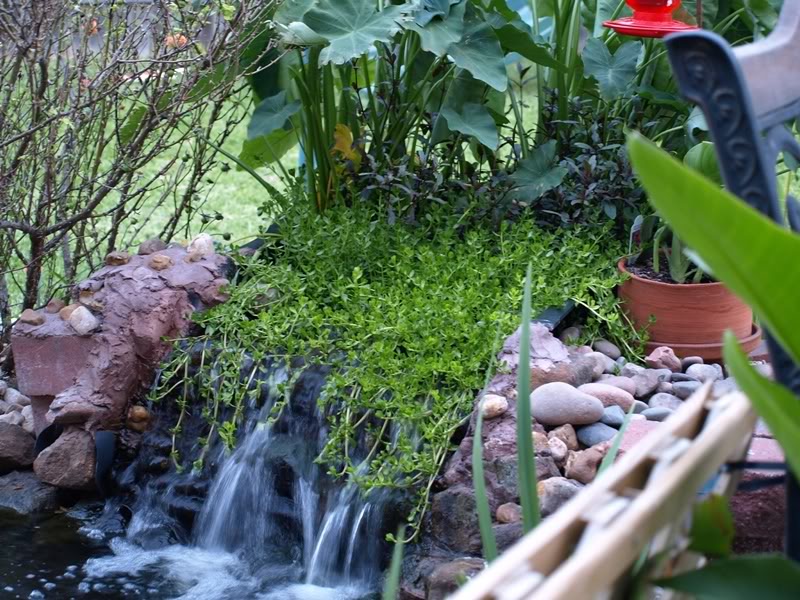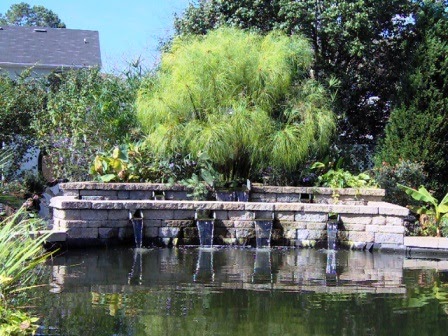
Creating a Stunning No Filter Koi Pond - The Ultimate Guide
Introduction
A koi pond is a beautiful addition to any garden. These colorful fish are not only pleasing to the eye but have a calming effect on the mind as well. A common concern for many koi pond owners is the maintenance that goes into keeping the water clear and healthy for the fish. The traditional method of maintaining a koi pond involves the use of filters and chemicals, but there is an alternative - the no filter koi pond.
In this article, we will discuss everything you need to know about creating a stunning no filter koi pond that will not only look great but also provide a healthy environment for your fish. We will cover the benefits of a no filter koi pond, the essential components required for its successful installation, and the steps involved in setting up and maintaining one.
Benefits of a No Filter Koi Pond
A no filter koi pond has several benefits over a traditional koi pond, including:
- No need for filters and chemicals, making it environmentally friendly
- Lower cost of installation and maintenance
- Less maintenance required, only occasional cleaning necessary
- Provides a more natural habitat for the fish
With a no filter koi pond, you can enjoy a beautiful water feature in your garden without worrying about the cost and hassle of maintaining filters and chemicals.
Components of a No Filter Koi Pond
To create a successful no filter koi pond, you will need several essential components.
Location and Design
The location and design of your koi pond are crucial factors to consider before beginning. The pond should be situated in a location where it will receive plenty of sunlight, but not direct sunlight all day. The shape and size of the pond are also important, as they will determine the water flow and overall appearance. A no filter koi pond needs to be larger than a traditional koi pond and should have a depth of at least 3 feet to provide ample space and oxygen for the fish.
Natural Filtration
A no filter koi pond relies on natural filtration systems, such as plants and beneficial bacteria, to keep the water clean and clear. This can be achieved through the use of aquatic plants, such as water lilies and lotus, which act as natural filters, consuming excess nutrients that can cause algae growth. Beneficial bacteria can also be added to the pond to help break down waste and maintain water quality.
Aeration and Circulation
Aeration and circulation are important components of any koi pond, but even more so with a no filter koi pond. The pond should have an adequate aeration system to ensure that the water is properly oxygenated and to promote beneficial bacteria growth. A circulating system will help to distribute oxygen and nutrients throughout the pond and prevent stagnation.
Koi Fish
Last but not least, the koi fish themselves are an essential component of any koi pond. Koi are a hardy fish that can survive in a variety of water conditions but are particularly well-suited for a no filter koi pond. When selecting your koi, choose healthy fish that are active and have bright colors.
Setting Up Your No Filter Koi Pond
Now that you have an understanding of the components required for a successful no filter koi pond, it’s time to start setting up your pond!
Step 1: Excavate Your Pond
Begin by excavating your pond to the desired shape and size. Remember, your pond should be at least 3 feet deep. Once you’ve excavated your pond, you can line it with a pond liner or use a pre-formed pond insert.
Step 2: Add Natural Filtration
Next, add natural filtration systems to your pond. This can include aquatic plants, such as water lilies and lotus, and beneficial bacteria. Be sure to choose plants that are well-suited for your pond size and climate.
Step 3: Install Your Aeration and Circulation Systems
After adding natural filtration systems, it’s time to install your aeration and circulation systems. This can include a waterfall or fountain, an air pump, and a pond pump. The aeration and circulation systems will keep the water oxygenated and prevent stagnation.
Step 4: Add Your Koi Fish
Once your pond is set up, it’s time to add your koi fish. Be sure to acclimate your koi to the new environment by slowly introducing them to the pond water over several hours. Feed your koi a high-quality diet and monitor their behavior and health regularly.
Maintaining Your No Filter Koi Pond
While a no filter koi pond requires less maintenance than a traditional koi pond, there are still some necessary tasks to keep your pond looking great and your fish healthy.
Occasional Cleaning
Occasional cleaning of your pond is necessary to remove debris and excess plant material. Use a pond vacuum or net to remove debris and trim back plants as needed.
Monitor Water Quality
Regularly monitor the water quality of your pond by testing for pH, ammonia, nitrite, and nitrate levels. Adjust levels as needed by adding or removing plants and increasing or decreasing aeration and circulation.
Maintenance Checklist
- Test water quality regularly
- Remove debris and excess plant material
- Trim back plants as needed
- Feed your koi a high-quality diet
- Monitor your koi’s behavior and health regularly
Conclusion
A no filter koi pond is a beautiful and environmentally friendly addition to any garden. With the right components and maintenance, you can create a stunning water feature that will not only look great but provide a healthy habitat for your koi fish. Follow the steps outlined in this guide to create your no filter koi pond and enjoy the benefits of a low-maintenance, natural filtration system.









